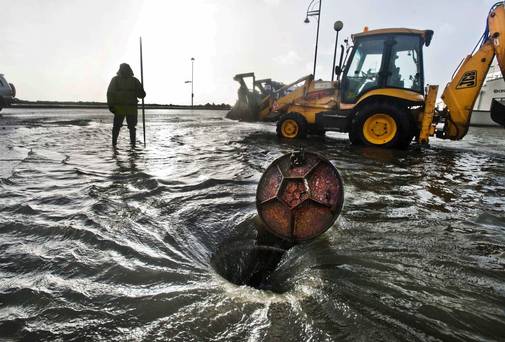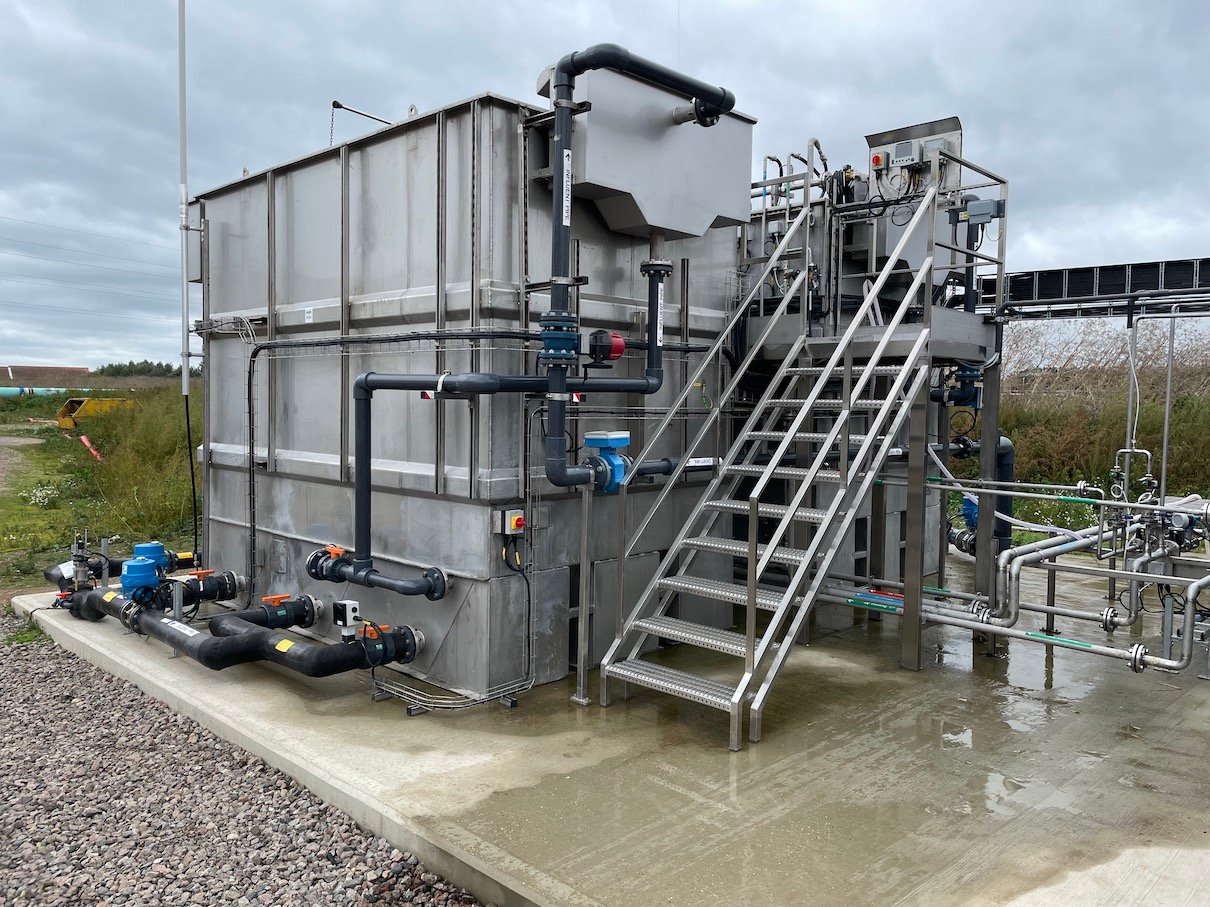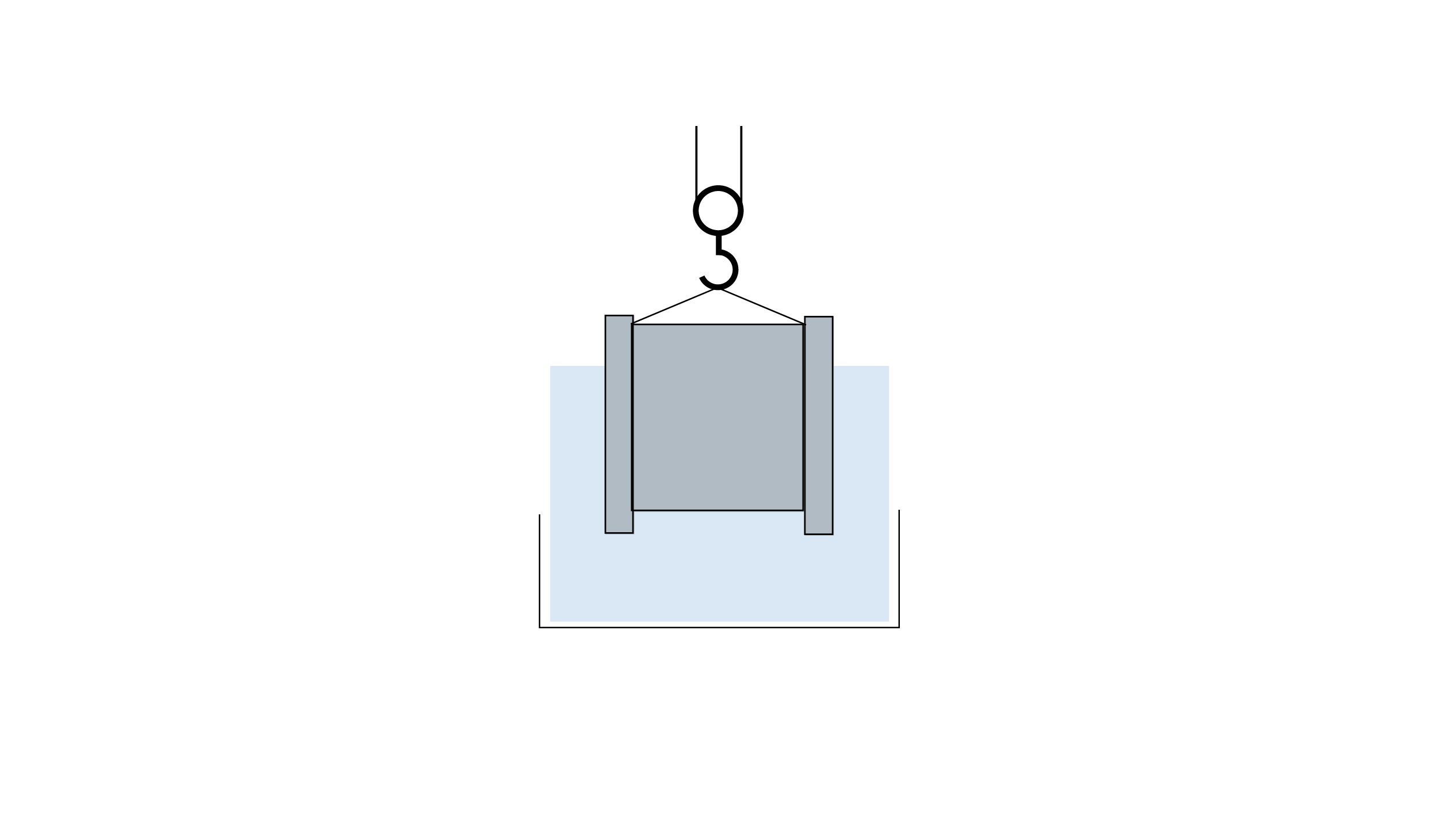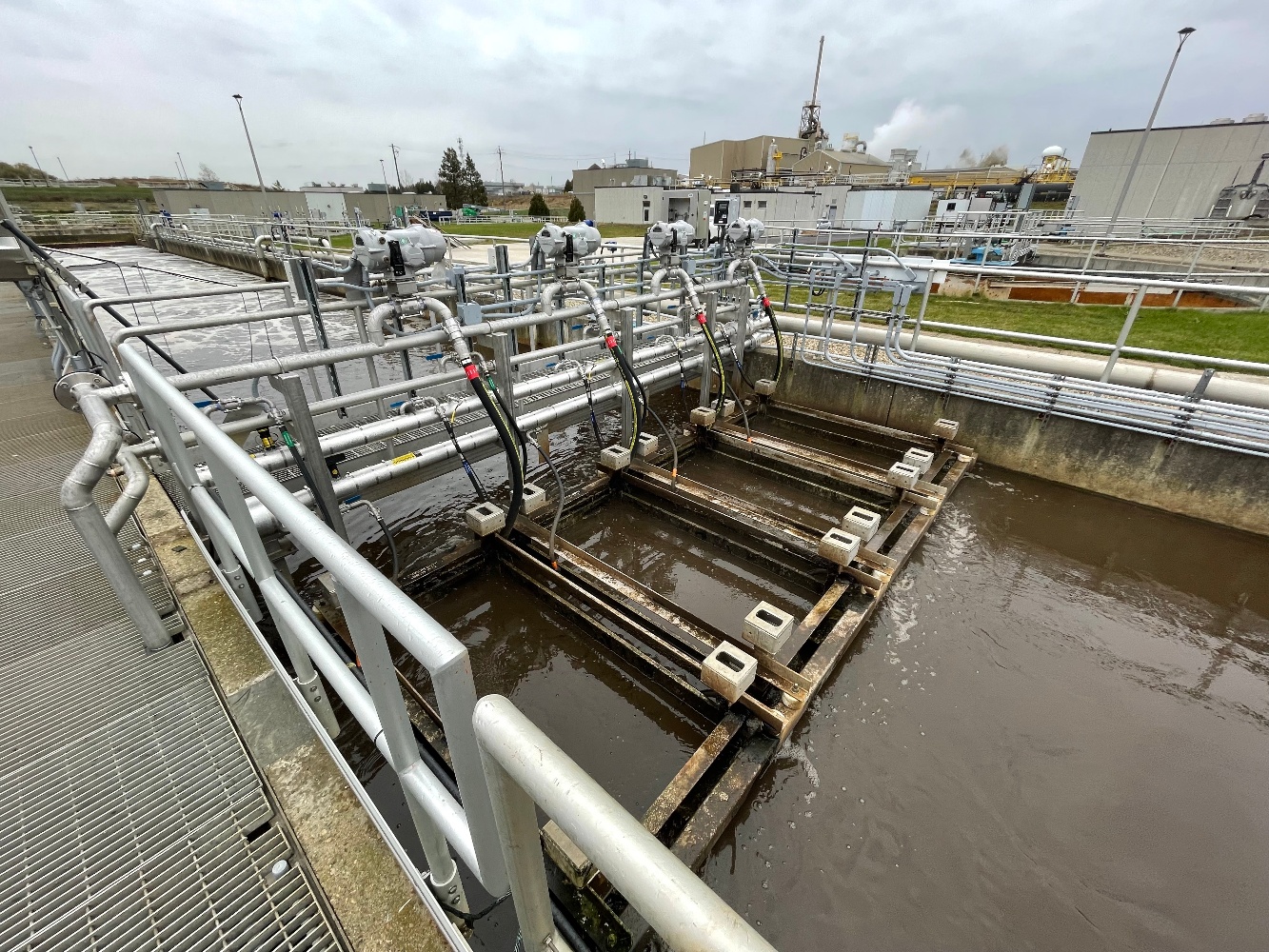Prepare Your Wastewater Treatment Facility for the Onset of Climate Change
Wastewater treatment facility planning represents the best opportunity to address climate change impacts
Climate Change has been in the headlines across the world for the past few weeks due to the COP21 Climate Talks in Paris but also due to the unseasonably mild weather in the US and a considerable spike in more intense, powerful storms and storm surges resulting in flooding across Western Europe. As the effects of climate change become more evident, what do wastewater treatment operators need to do to adapt?

UNESCO took the initiative to organise the Water, Megacities & Global Change conference in conjunction with the start of COP 21 in Paris earlier this month to bring the global water community together. Water utilities, technology R&D and city decision makers from around the world met to share climate adaptation strategies with one another. Most importantly, the conference was meant to ensure that binding international requirements must fully consider water quality and quantity issues in a reasonable and sustainable manner.
As talks finish and agreements are made, wastewater treatment operators will be looking to make ample plans for their facilities for 2016 and beyond. These plans have traditionally been the opportunity to take a comprehensive look at the wastewater facility and to consider replacement of outdated equipment with modern more efficient equipment. It is also a chance to restore structures and buildings, and consider more energy efficient processes.
However, up to now many of these wastewater facility plans lack an assessment of the impact of climate change. Wastewater treatment facility planning represents the best opportunity to address climate change impacts and allow for CAPEX projections to address potential issues.
What are the issues and what impacts might they have?
Impacts would be different for each facility based on its location and the particular characteristics of each facility, and is likely to include air and water temperature increases and sea level rise.
Here are some of the preparations and adaptations that wastewater treatment operators can make as climate change becomes more evident.
- Maintain and upgrade infrastructure to deal with both growth and an increase in flow.
- Analyse the vulnerability of your facility and plan how to deal with different scenarios.
- Assess the potential impacts of overflows on your current system and implement appropriate responses.
- Respond to extreme weather events with a robust emergency response effort.
Of course, the issue of climate change is compounded by a nation’s ability to respond. For developing countries, the challenge is to find the money to invest in technology. According to a recent United Nations report on the role of wastewater management in sustainable development, many developing countries place a low priority on the collection and treatment of wastewater with 90% of all wastewater in developing countries being discharged untreated directly into rivers, lakes or the oceans.
Since 1997, the proportion of development aid allocated to sanitation and drinking water dropped from 8 to 5 percent. With rapid urbanisation occurring in many developing nations, poorly managed wastewater presents a serious health and environmental threat and with the onset of climate change it may disproportionately affect those most in need.
Regardless of the outcome of the COP 21 meeting, the road forward for wastewater utilities to address climate change issues will be a challenging one. But if the strong engagement of the water community over this past month is anything to go by, there is no lack of enthusiasm among the stakeholders in the sector to explore solutions. As players continue to innovate and look for new solutions, we stay confident that we can protect our water environment.






